Student Blog
Diversity

The Roads That Lead to Rome ⟩
August 6, 2018, by Bethany
Diversity What are OS/OT?
There is one downside to being an undergraduate OT. I mentioned in a previous post that when I talk about Majoring in Occupational Therapy, I get the reaction: “Oooh, what is Occupational Therapy?” So I had to quickly adapt to giving my fifteen-second pitch about what OT is and how I found it. Sharing about OT is definitely not the downside. Neither is being part of this incredible program (I am often reminded of how lucky I am to have known so early on in life what I want to do in the future). The downside is that the only other people who seemed to know what OT was, were on the same road I was on: We were all passionate about helping others, all had discovered OT early on in life, and all were part of the same program. The downside is that as an undergraduate OT, I was only aware of one way to get to OT.
But this summer, as a Student Ambassador, I had a chance to recognize that all and any roads truly do lead to Rome. Through tours, information sessions, and even meeting the incoming Entry-Level Master’s class, I have been able to see the diversity of those who stumble upon OT, not just in ethnicity and age, but also in interests and walks of life. For example, in our incoming Master’s class, there are people with degrees in Biology, Kinesiology, Psychology, and other health sciences (Majors that would be helpful for completing some of our prerequisite coursework while also highlighting the student’s passions). But then we have others who pursued other interests during their undergraduate study, perhaps the French language, Economics, or even Dance. And somehow they ended up all in the same OT Master’s program at the same time. In our information sessions, there are people who simply went to different college but have always been interested in OT, some who found OT during undergraduate study, and even those who are coming to OT as a second career after seeing OT in the second-grade classroom where they taught for the past few years.
My own Bachelor’s to Master’s class is diverse in and of itself. We have our own stories for how we each found OT, whether it was shadowing a practice or perhaps watching a loved one grow through OT, and we have the honor to be part of an incredible program that allows us to engage in our specific passion for OT, even through our undergraduate years. But our paths to OT were quite direct, and it is amazing to listen to the stories about others’ journeys to where they are today. After all, it is said that more often than not, the journey matters more than the destination.
⋯

The Need for BrOTs ⟩
September 9, 2016, by Erwin
Diversity What are OS/OT?
It’s no secret that occupational therapy is a female-dominated profession. But while the majority of occupational therapists are women, there is a growing need for men in the profession.
In order to best serve our diverse populations, it is important that we also have a diverse workforce. In this case, increasing gender diversity provides opportunities to better serve our clients and propel the profession forward.
For example, in an adult rehabilitation setting, male clients sometimes feel more comfortable having another male assist them in developing/regaining self-care skills such as dressing, bathing, and using the restroom.
The same could be said in other settings. For my Level II fieldwork, I worked in pediatric mental health. At this site, the majority of my clients were adolescent boys labeled with a mental health diagnosis. Working with these boys made me realize how important it was for them to have a male figure in their lives. While some boys were content working with female practitioners, other boys were more comfortable working with me because they found a male more relatable. This in turn created a therapeutic relationship where my clients felt more comfortable sharing their feelings and experiences. After all, for many boys that age, sharing delicate information to women isn’t exactly the easiest thing to do.
Although we love the companionship of our female classmates, I feel that the male students in the USC Chan Division of Occupational Science and Occupational Therapy have developed a special bond. While about 10% of our student body is male, those numbers are growing every year. We “BrOTs” have to represent! After all, occupational therapy is about helping others, and helping others is not exclusive to a single gender.
Here are a few photos of USC’s BrOTs.

2015 White Coat Ceremony

BrOTing with Dr. Celso Delgado, Jr.
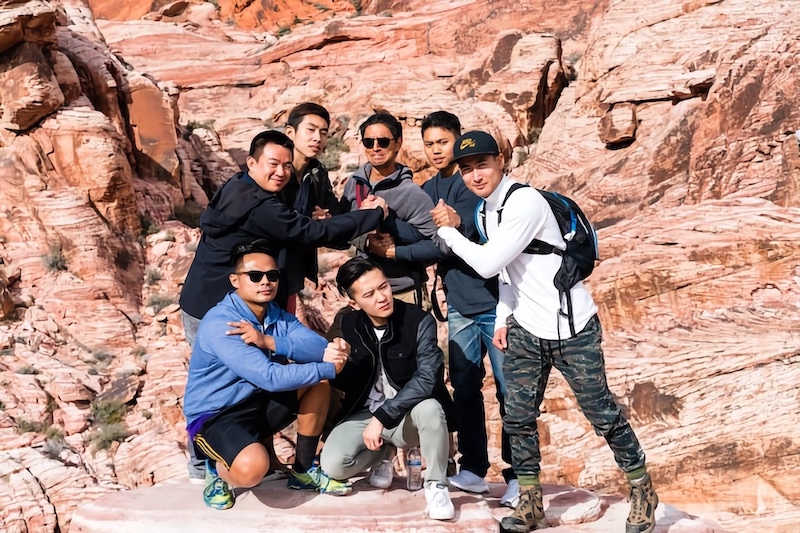
Exploring Nature!
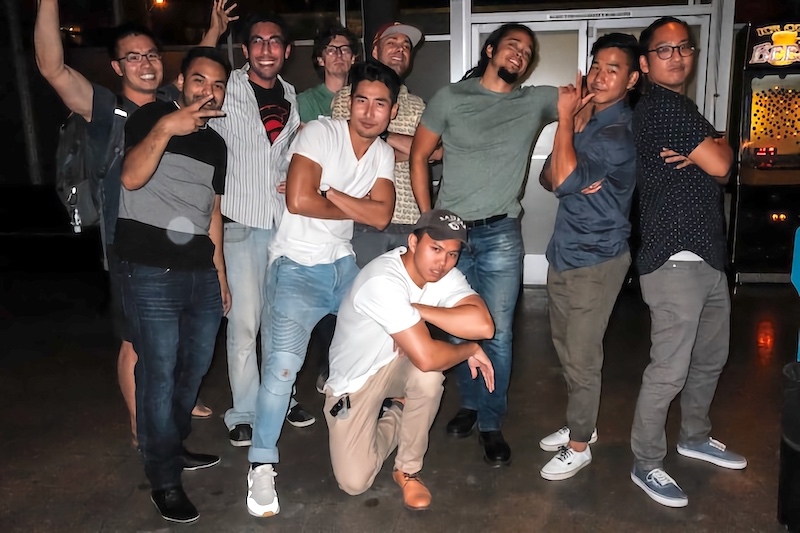
BrOTs Taking Over the Arcade
⋯

New Friends! ⟩
September 25, 2015, by Heather
Community Diversity School/Life Balance
When I first arrived at USC, I was not anticipating the multitude of amazing people that I would meet. I thought grad school was just about furthering my education to prepare me for my career in occupational therapy. I couldn’t have been more mistaken.
The people here are incredible and I have grown incredibly close to many of them.

The friends that I have made in this program have been some of the most amazing people that I’ve had the pleasure of getting to know. We come from various backgrounds, different parts of the country, and from a wide variety of life experiences.

A large part of my enjoyment of being at school is being with my friends. We spend endless academic and nonacademic hours together, and are constantly involved in each other’s lives.
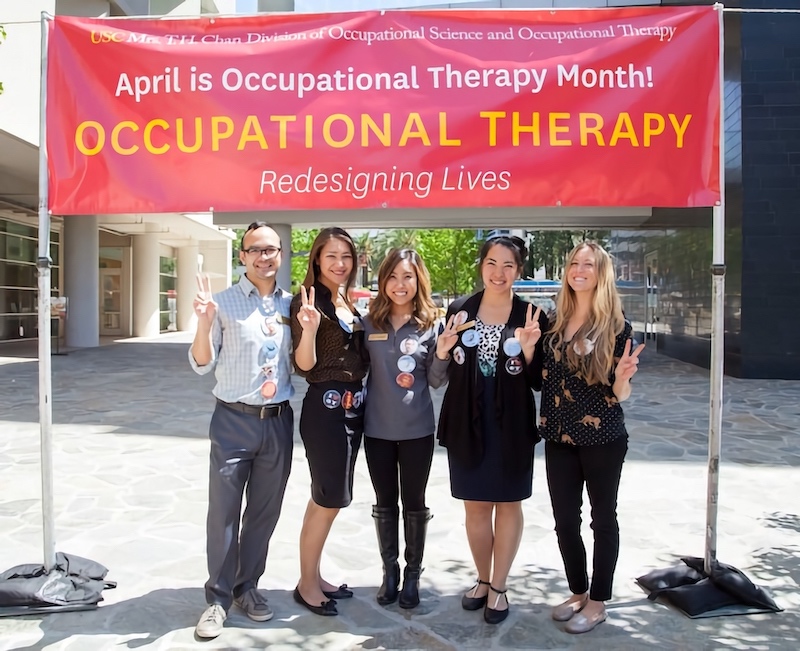
Without a doubt, my friends in this program have molded my experience at USC significantly. I look forward to our futures as we grow together as health-care practitioners.

⋯
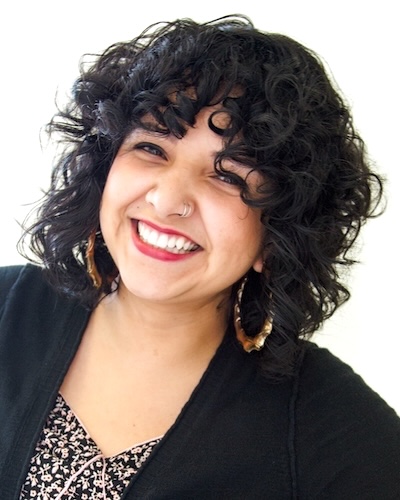
LOTA-eria! ⟩
May 1, 2015, by Brenda
Diversity
LOTA, the Latino Occupational Therapy Association, hosted its first LOTA-ería event yesterday on campus! Based on the Mexican Lotería, LOTA-ería uses images that are intended to help students with their OT Spanish. LOTA hopes to continue hosting events such as these in an effort to promote diversity!
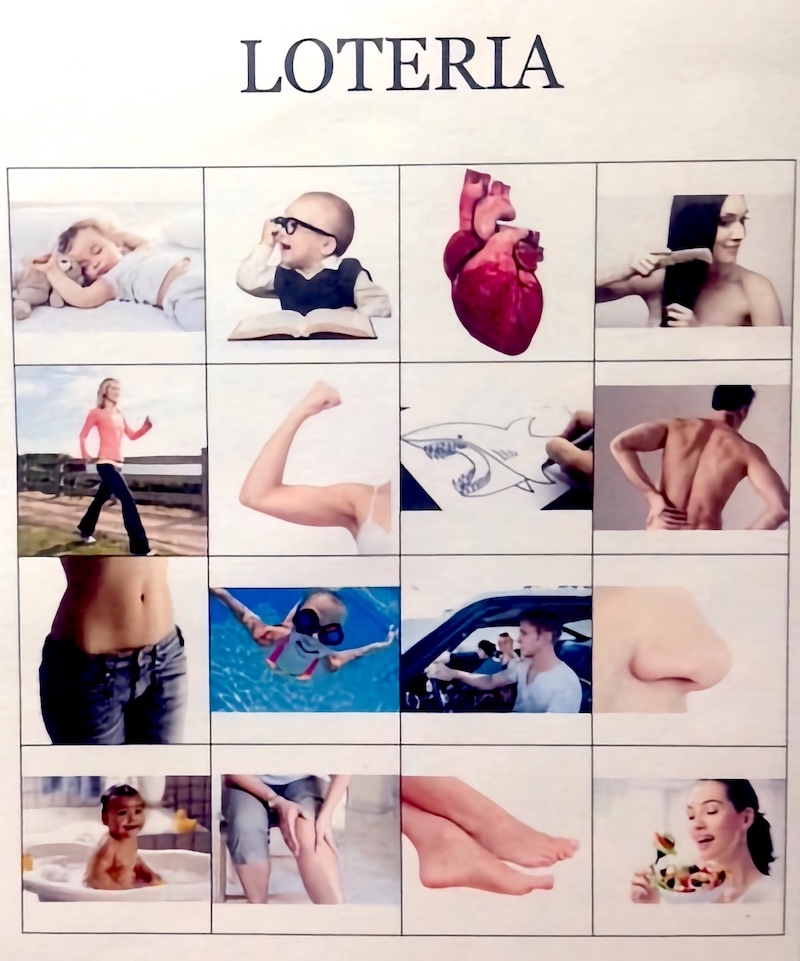
⋯
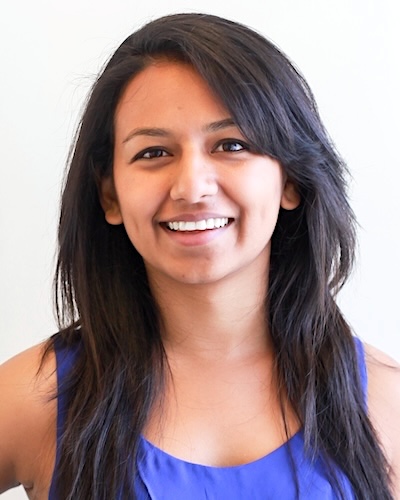
Lunar New Year Celebrations ⟩
February 27, 2015, by Bindi
Community Diversity International Living in LA
The Global Initiatives team organized a Chinese new lunar year dinner at the Plum Tree Inn in Chinatown. Adley Chan and Daniel Park put together a diverse group of international students together with the faculty.
The organizers laid out a large spread of Chinese cuisine including a jellyfish appetizer. They took into special consideration the vegetarian students and had several vegetarian dishes for the several Indian and vegetarian therapists and students.
Chinese New Year: It is the year of the goat, and obviously there was a lengthy discussion on Chinese zodiac animals and everyone wanted to find out which sign they were and the significance. Mine is the Dragon ☺.
Adley Chan informed us on the correct way of eating noodles and they say NEVER cut a noodle before it is entirely in your mouth. In China, people have the custom to eat noodles on the birthdays. The long and continuous noodle strips are the symbolic meaning of longevity. So people who choose to eat noodles on the birthdays show their wishes to live longer and maintain a better life. The noodle represents longevity and cutting it before it reaches the mouth indicates bad luck, cutting the longevity and good health.
All in all it was a fun, laughter filled dinner and getting to know the faculty and other students better. Happy Chinese New Year!!!
⋯





